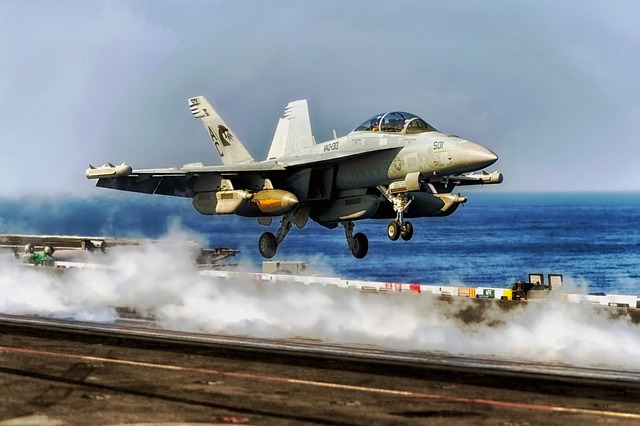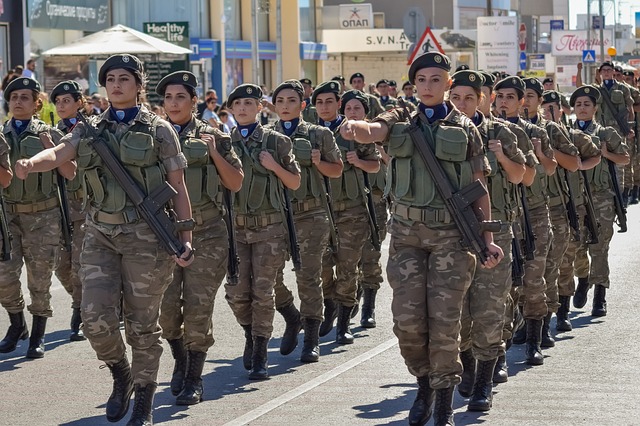
The US Army Reserve Flag is a symbol of national respect and mourning, with specific protocols for its display at half-staff to honor notable individuals, military personnel, and public officials, as well as victims of significant events. This practice reflects the deep-seated American tradition of collective remembrance and unity, and is governed by strict directives from the Department of Defense and the President of the United States. The flag's half-staff position during times of mourning is a uniform display across all government buildings and military installations, in accordance with federal regulations such as the United States Code, Title 4, Chapter 7. This tradition, observed across various cultures, underscores the significance of the US Army Reserve Flag in American heritage and its role in honoring those who have served. The protocol for raising and lowering the flag is meticulously outlined by the U.S. Army Institute of Heraldry (USAHIH), ensuring it is handled with utmost respect and dignity, as a mark of honor for U.S. Army Reservists' service and sacrifice. These observances not only pay tribute to individual contributions but also unite communities in shared expressions of loss and respect.
The US Army Reserve Flag serves as a poignant symbol of mourning, respect, and national observance. This article delves into the protocols surrounding the display of this flag at half-staff, offering insight into its significant role in honoring individuals, memorializing events, and reflecting the collective sentiments of the nation. We will explore the historical context and national directives that govern such observances, as well as the specific procedures for raising and lowering the US Army Reserve Flag. Additionally, we will examine how state and local entities observe these practices with reverence and dignity. Understanding these protocols not only honors those we mourn but also educates on the enduring traditions of our nation’s observances.
- Understanding the Significance of the US Army Reserve Flag at Half-Staff
- The Protocol for Raising and Lowering the US Army Reserve Flag
- Historical Context and National Directives Governing Half-Staff Status
- State and Local Observances of Half-Staff with the US Army Reserve Flag
Understanding the Significance of the US Army Reserve Flag at Half-Staff

The US Army Reserve Flag at half-staff serves as a poignant symbol of mourning and respect, a practice deeply rooted in American tradition. When hoisted at half-staff, this flag signifies the nation’s collective grief or tribute to individuals or events of significance. The act of lowering the flag to half-staff is a form of recognition that conveys the profound impact of those being honored, whether they are military personnel, public officials, or victims of national tragedies. It is a visual expression of solemnity and reflection, allowing citizens to partake in a shared moment of remembrance. The protocol for lowering the US Army Reserve Flag is governed by official directives from the Department of Defense and the President of the United States, who may authorize this display as a mark of honor or in response to a national loss. This tradition not only demonstrates respect for those who have served or passed but also unites communities across the nation in observance and remembrance. Understanding the significance of the US Army Reserve Flag at half-staff is crucial for all Americans, as it represents more than a mere flag ceremony; it is a national gesture of solidarity, honor, and mourning.
The Protocol for Raising and Lowering the US Army Reserve Flag

The protocol for raising and lowering the US Army Reserve Flag is a solemn procedure steeped in tradition and respect. This protocol is outlined by the U.S. Army Institute of Heraldry (USAHIH), which governs the correct handling and display of Army flags. When raising the US Army Reserve Flag, it should be hoisted briskly and ceremoniously to the top of the pole before being lowered slowly and respectfully at retreat or sunset each day. The flag should never touch the ground or any object above it; if it does, it must be carefully retied without touching the ground. Similarly, when lowering the flag, it should be done delicately, with the union (the blue field of stars) first touching the floor or the person lowering it before folding it into a respectful tri-fold. The flag should never be allowed to furl or to be caught or torn by wind or weather while hoisting or lowering.
In times of mourning, the US Army Reserve Flag follows specific guidelines for display. If a member of the armed forces dies in combat, the flag is flown at half-staff for ten days from the day of death. In cases where an active duty military member dies, the flag is flown at half-staff until sunset on the seventh day from the day of death. For deceased veterans, the flag may be flown at half-staff by state or local governmental entities upon the Governor’s or President’s order. The US Army Reserve Flag Protocol ensures that the flag is displayed with dignity and honor, reflecting the respect due to those who have served and sacrificed in the name of their country. It is a visual representation of our nation’s gratitude and solemnity for the service and memory of U.S. Army Reservists.
Historical Context and National Directives Governing Half-Staff Status

The tradition of lowering flags as a gesture of mourning dates back to ancient times, with roots in various cultures as a sign of respect for the deceased. In the United States, this practice is codified and governed by both federal and state directives. The US Army Reserve Flag, like other official flags, observes these protocols when flown at half-staff. The historical context of this practice underscores its deep-seated significance in American culture and governance. It serves as a tangible expression of the nation’s collective grief and respect for individuals who have made significant contributions or whose passing warrants national recognition.
The modern framework for half-staff protocols is outlined by the United States Code, Title 4, Chapter 7, which details when and how the flag should be displayed at half-staff. This includes provisions for presidential memorials, the deaths of former presidents and other high-ranking government officials, as well as international leaders. The US Army Reserve Flag is included in these directives, lowering its top to the half-staff position by hoisting it to an altitude of approximately one-half the distance between the top and bottom of the flagpole. These national directives ensure consistency across all government buildings and facilities, including military installations, in demonstrating respect and mourning on a national scale.
State and Local Observances of Half-Staff with the US Army Reserve Flag

The US Army Reserve Flag serves as a symbol of respect and mourning, with specific protocols guiding its display at half-staff by state and local governments. When a current or former member of the United States Army Reserve passes away, or in recognition of national days of mourning, it is customary for government buildings, military installations, and other appropriate facilities to lower their flags to half-staff. This practice not only honors the deceased individual but also reflects the collective grief and respect felt by the nation. The exact duration for which the flag should fly at half-staff varies as per local or state regulations, often adhering to federal guidelines that stipulate the flag be flown at half-staff from sunrise until sunset on designated days. These observances are a testament to the significant role the US Army Reserve plays in the nation’s defense and the deep regard held for its personnel. It is through such ceremonial acts that communities pay homage and express their solidarity with the grieving families and the military community at large.
The US Army Reserve Flag serves as a poignant symbol of mourning and respect, its half-staff position a universally recognized gesture that resonates with the collective sentiments of remembrance and honor. This article has elucidated the protocols surrounding the raising and lowering of this flag, providing clarity on its significance within the historical context of national directives. Whether at the federal or state level, the observance of half-staff status with the US Army Reserve Flag is a solemn tradition that reflects our nation’s unity in grief and respect. It is a practice steeped in meaning and protocol, ensuring that the honor due to those memorialized is upheld with dignity and precision. As such, understanding and adhering to these guidelines remains crucial for all who partake in this time-honored tribute.







